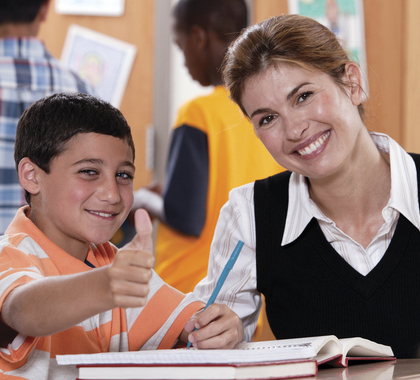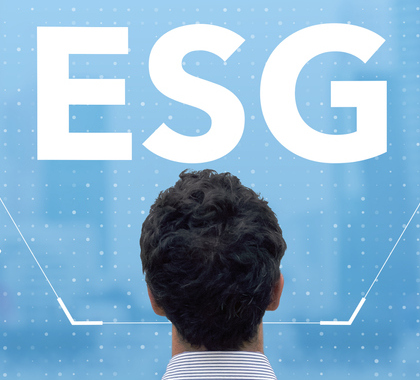EdChoice has released an updated version of their Fiscal Effects of School Choice analysis, bringing up to date the latest data and demonstrating the large savings education choice programs have provided taxpayers, and the results are good news for Virginia families.
The analysis looked at the Education Improvement Scholarships Tax Credits Program (EIS) for low-income students, launched in 2013, and found it has cumulatively saved Virginia taxpayers between $213 million and $355 million through Fiscal Year 2022. This works out to a savings of between $6,998 and $11,639 per each student participating in the program.
“Given that education choice programs are financed at a much lower cost than public school systems, the results of this fiscal analysis are consistent with expectations,” the report notes. “Although education choice programs serve 2.4% of the publicly funded K–12 student population, they account for just 1.0% of total public educational spending. Policymakers and citizens alike should keep this in mind when they assess claims that private education choice programs disadvantage students who stay in district schools.”
“It is hard to argue that expanding educational opportunities through education choice programs would financially harm public school systems,” the report concludes. “Numerous studies have explored the impact of education choice programs on students in nearby public schools. Almost all report that students who stay in district schools see modest and positive improvements in their learning. This evidence contradicts the claims that students in district schools suffer when education choice expands, suggesting instead that the opposite is true, as students who remain in district public schools experience modest academic gains and even more resources devoted to their education via fiscal savings from choice programs.”
Copious empirical research on school choice programs such as tax-credit scholarships and education savings accounts (ESAs) makes clear these programs offer families improved access to high-quality schools that meet their children’s unique needs and circumstances, and that these programs improve academic performance and attainment while delivering a quality education at lower cost than traditional public schools.
Additionally, education choice benefits public school students and taxpayers by increasing competition, decreasing segregation, and improving civic values and practices. Research also shows students at private schools are less likely than their public school peers to experience problems such as alcohol abuse, bullying, drug use, fighting, gang activity, racial tension, theft, vandalism, and weapon-based threats. There is also a strong causal link suggesting private school choice programs improve the mental health of participating students.
Virginia legislators should strongly consider converting EIS into a universal ESA program, open to all families in the Old Dominion.
Not only are education choice programs like ESAs good policy, they are also broadly popular. EdChoice’s Public Opinion Tracker, last updated on November 8, shows 70 percent of all Virginia adults and 76 percent of Virginia parents with school-aged children are in favor of ESA programs.
Further, a universal ESA program is sorely needed in the Old Dominion because the state’s public schools are habitually failing Virginia’s children. In 2022, only 38 percent of Virginia’s public school fourth-graders and 31 percent of eighth-graders tested “proficient” to grade level in mathematics on the National Assessment of Educational Progress (NAEP) examination, colloquially known as the “Nation’s Report Card.” Just 32 percent of fourth-graders and 31 percent of eighth-graders tested “proficient” in reading. Essentially, and embarrassingly, the state’s public schools are failing to educate roughly seven out of 10 Virginia children to grade-level proficiency in reading and math by the time they are about to enter high school.
The goal of public education in Virginia today and in the years to come should be to allow all parents to choose which schools their children attend, require every school to compete for every student who walks through its doors, and make sure every child has the opportunity to attend a quality school that best fits their unique needs and circumstances. There has not been a time when providing these opportunities has been more urgent and more needed than right now.
Simply put, states with robust and expansive school choice programs will be more attractive to families who have the ability to migrate to the state of their choosing. How many will decide against moving to Virginia because it doesn’t offer their children the opportunity to attend the school that best suits their educational needs? Legislators should recognize this and enact a universal ESA program, allowing all current and future Virginians as many options as possible to get their children the education they need and deserve.
The following documents provide more information about education choice.
The 123s of School Choice (2024 Edition)
https://www.edchoice.org/wp-content/uploads/2024/06/2024-123s-of-School-Choice.pdf
This report from EdChoice is an in-depth review of the available research on private school choice programs in America. Areas of study include: private school choice program participant test scores, program participant attainment, parent satisfaction, public school students’ test scores, civic values and practices, racial/ethnic integration and fiscal effects.
Fiscal Effects of School Choice
https://www.edchoice.org/wp-content/uploads/2021/11/Fiscal-Effects-of-School-Choice-Condensed.pdf
This EdChoice analysis of 48 private educational choice programs in 25 states plus D.C. summarizes the facts and evidence on the fiscal effects of educational choice programs across the United States and finds they have provided up to $45.6 billion in net fiscal savings to state and local taxpayers through Fiscal Year 2022. The programs in the analysis include five education savings accounts programs (ESAs), 22 school voucher programs, and 21 tax-credit scholarship programs.
The Public Benefit of Private Schooling: Test Scores Rise When There Is More of It
https://object.cato.org/sites/cato.org/files/pubs/pdf/pa830.pdf
This Policy Analysis from the Cato Institute examines the effect increased access to private schooling has had on international student test scores in 52 countries. The Cato researchers found that a 1 percentage point increase in the share of private school enrollment would lead to moderate increases in students’ math, reading, and science achievement.
Nothing in this Research & Commentary is intended to influence the passage of legislation, and it does not necessarily represent the views of The Heartland Institute. For further information on this subject, visit School Reform News, The Heartland Institute’s website, and PolicyBot, Heartland’s free online research database.
The Heartland Institute can send an expert to your state to testify or brief your caucus; host an event in your state; or send you further information on a topic. Please don’t hesitate to contact us if we can be of assistance! If you have any questions or comments, contact Heartland’s government relations department, at [email protected] or 312/377-4000.




